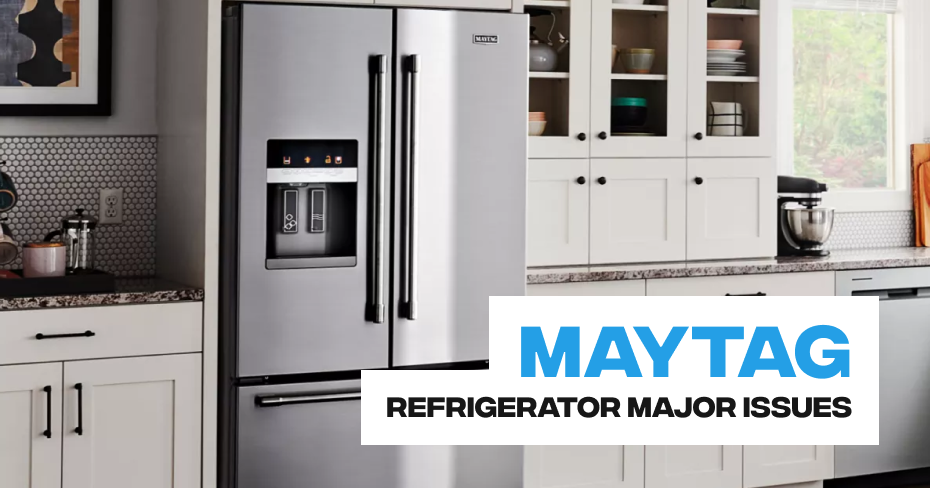
Maytag Condensation Inside the Refrigerator
Most people don’t think about condensation until they see it collecting on their windows or forming outside of a cold drink. Condensation in fridge drawers or on the rear wall is usually where it occurs. But is condensation in the refrigerator normal? If it’s not, how do you stop it?
What Causes Condensation In Fridge Compartments?
A fridge forms condensation due to the cooling process and the excess humidity that the air inside can’t absorb. This can be caused by various factors like faulty door seals, humid produce, overcrowding in the fridge, or high surrounding temperatures.
Is Condensation In The Fridge Normal?
Condensation inside a refrigerator is generally normal and is caused by the cooling process. As the fridge cools, the air inside becomes cooler and can no longer hold as much moisture. The excess moisture then condenses on the interior walls of the fridge. Once the temperature stabilizes, the condensation should go away. However, if the condensation is excessive or accompanied by mold or a musty smell, it may indicate other problems.
Dirty Or Damaged Door Gaskets
Condensation can be caused by dirty or damaged door gaskets. The gasket, also known as the door seal, is a rubber or vinyl strip that runs along the door’s perimeter and creates an airtight seal when the door is closed. This seal helps to keep the cool air inside the fridge and prevent warm, humid air from entering.
If the gasket is damaged, torn, or missing, it can allow warm air to enter the fridge and cause condensation on the interior walls. This excess condensation can lead to mold growth, spoiled food, and a musty odor. It’s important to regularly check the door gasket for damage, wipe them clean, and replace it if necessary.
High Ambient Temperatures
High ambient temperatures can cause the compressor to run for longer to maintain the temperature inside the fridge, which can cause condensation and sometimes ice formation.
Low Thermostat Setting
A thermostat set too low can increase moisture towards the rear wall inside the fridge, which is the coldest part of the ridge. Additionally, a low temperature can cause the compressor to run longer, leaving less time for condensation to drain. 37°F is an ideal temperature for a refrigerator to be set at; however, you should refer to your Owner’s Manual for the temperature recommended for your fridge.
Sweaty Produce
Produce or other foods made mostly of water, such as meat and dairy products, can create condensation inside a fridge by releasing moisture into the air. Storing dishes that are still warm inside a fridge can also release moisture. The moisture from these items will condense on the coldest part of the fridge, the rear wall, as condensation. Until the temperature inside the fridge stabilizes again, the condensation will remain.
To prevent condensation from produce, it’s recommended to wipe any moisture from them before storing them in the fridge or to wrap them in paper towels or air-tight containers.
Overfilled Fridge
When the fridge is packed too tightly cold air inside can’t circulate properly. This causes warmer temperatures and increased humidity which leads to condensation. Keep the fridge organized and avoid overstuffing it. This will help ensure that cool air can circulate properly.
Tips For Preventing Condensation
- Check door gaskets and routinely wipe them down.
- Check temperature settings.
- Store food in the right places and don’t overfill it.
- Avoid opening the door frequently and leaving it open.
- Store produce in sealed containers or plastic bags, or wipe them down with a dry cloth before storing them in the fridge.
- Use the right thermostat setting to ensure the temperature is not too low.
If you have questions or concerns about excessive condensation in your fridge, give the refrigerator repair experts.
